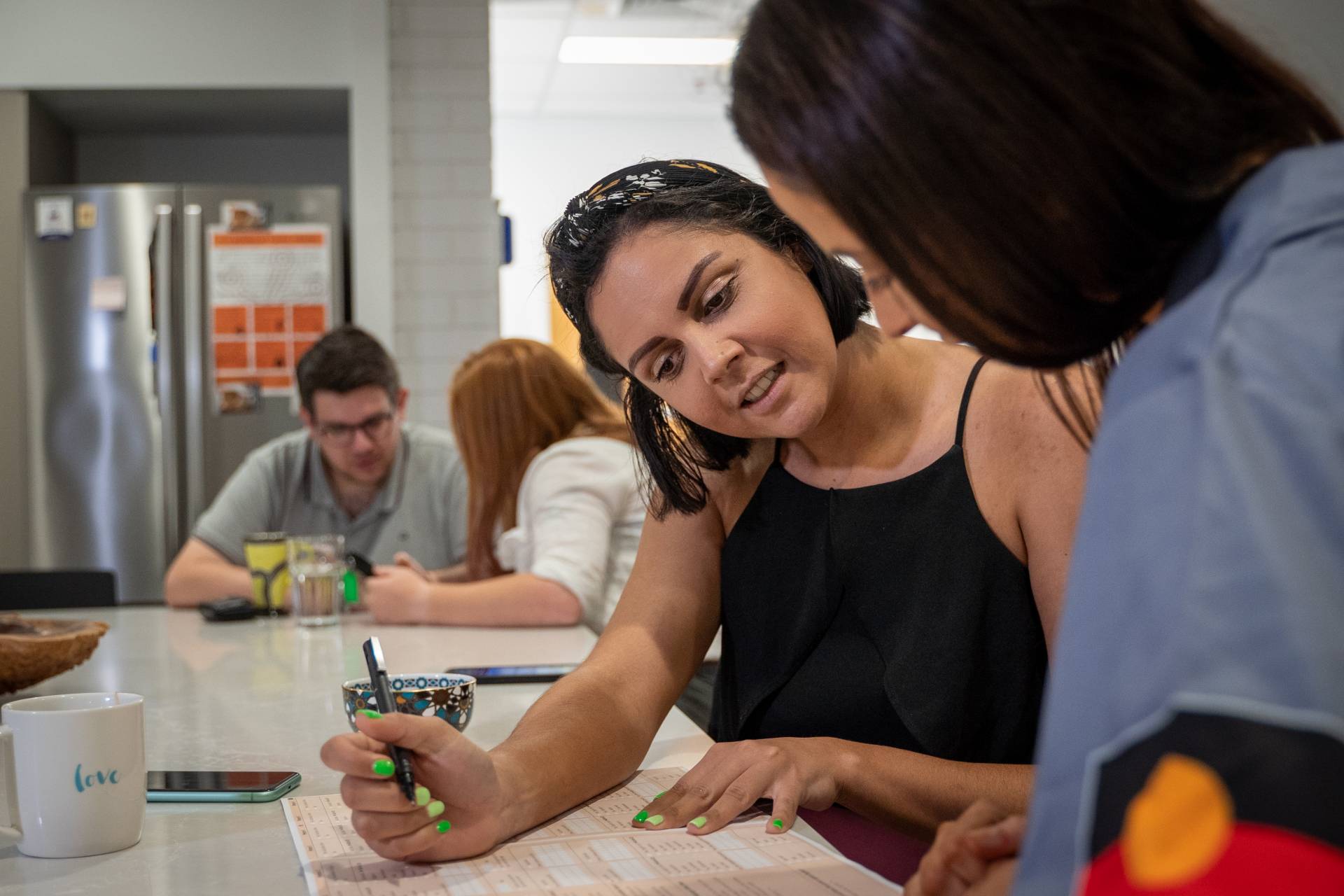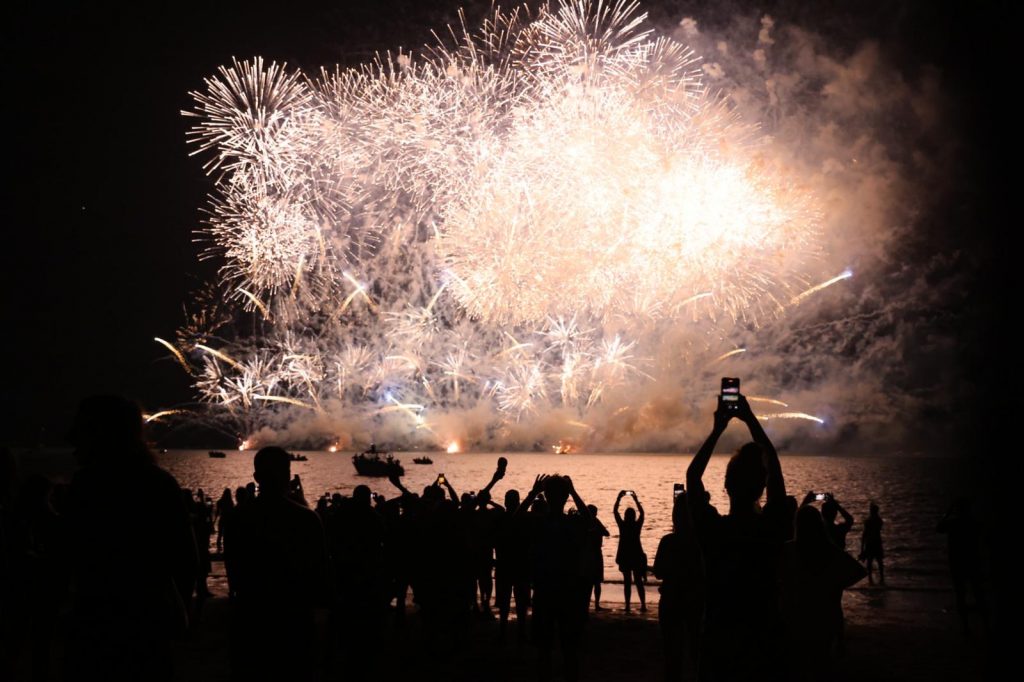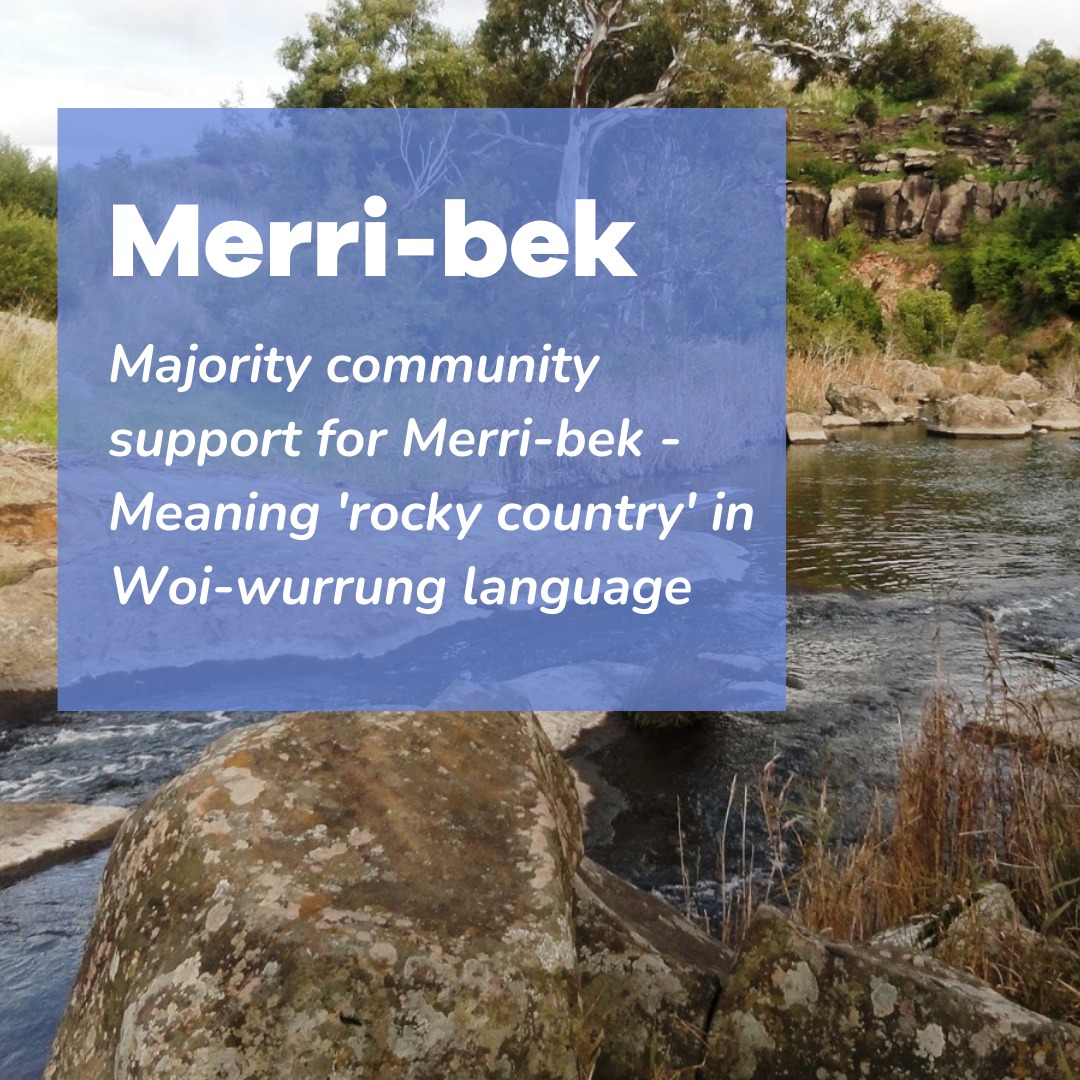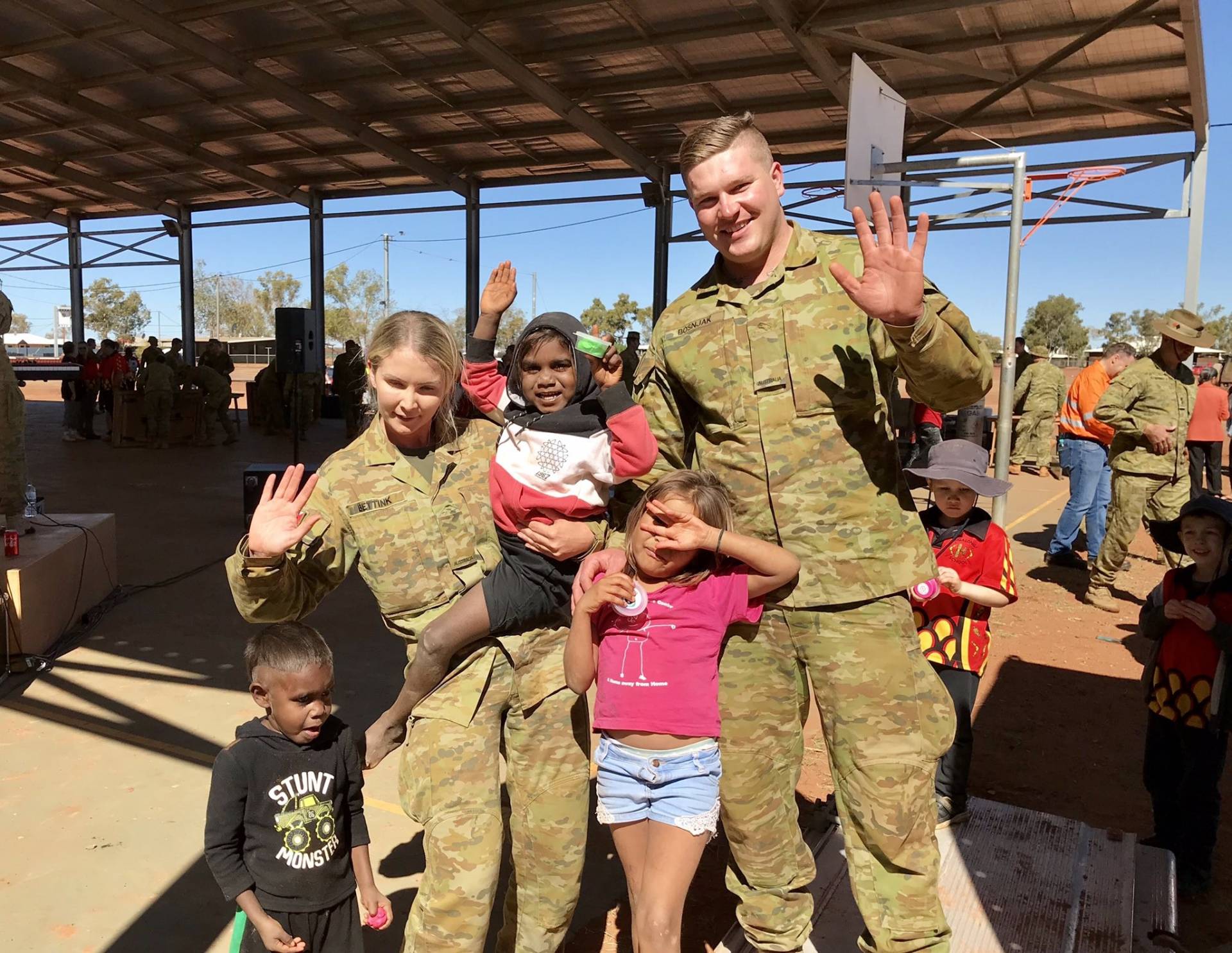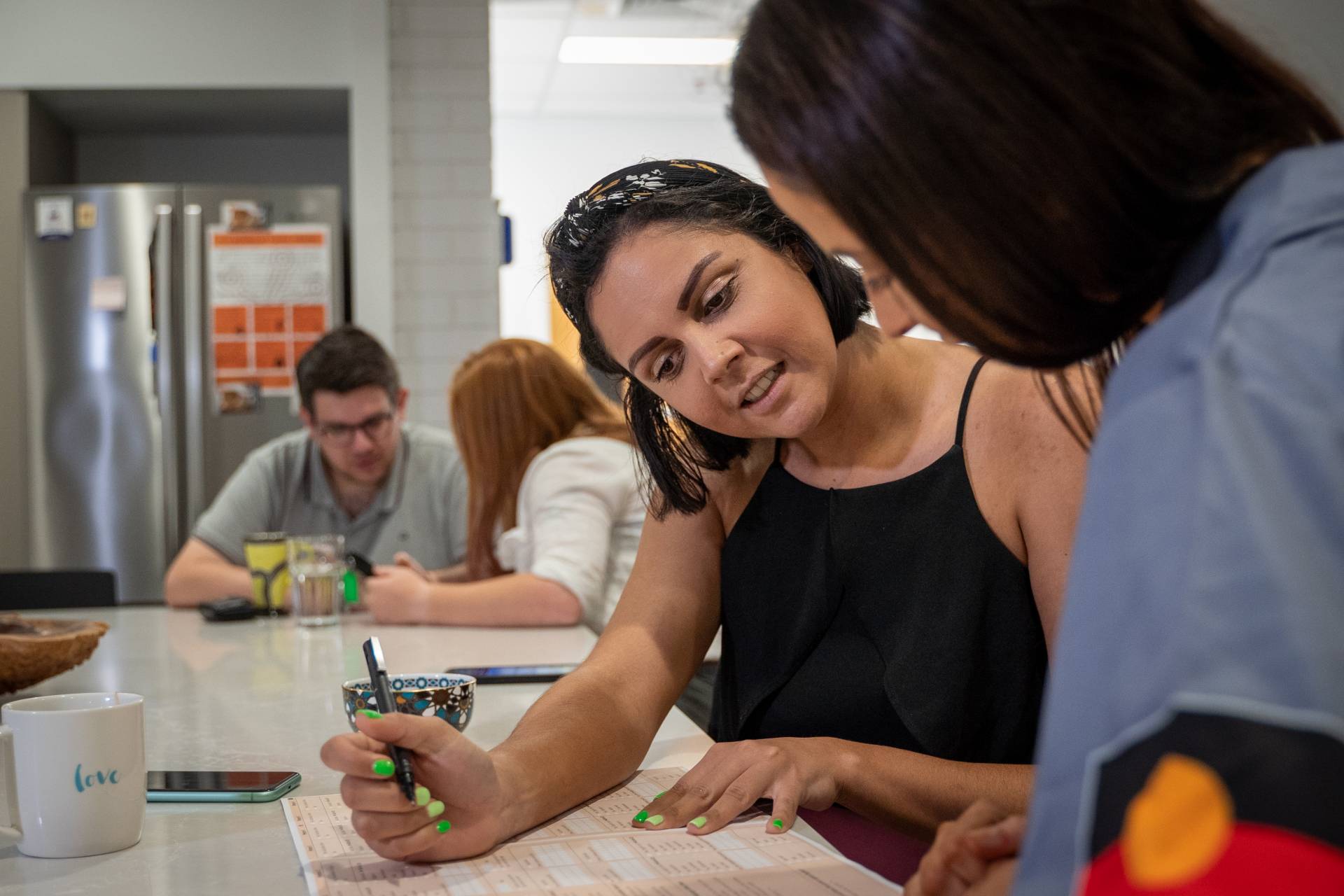
The Australian Bureau of Statistics has released its first wave of data from the national census last year, showing there’s been a 25 per cent increase in the number of people identifying as Aboriginal and Torres Strait Islander since 2016.
The census found 812,728 people – or 3.2 per cent of the population – identified as Aboriginal and Torres Strait Islander.
It’s also revealed there’s been a shift in the median age of First Nations people, from 21 in 2011 to 24 last year.
Fiona Shalley is an experienced data practitioner and research associate at Charles Darwin University, and a former director of the National Centre for Aboriginal and Torres Strait Islander Statistics.
She says while the reasons behind the increase are complex, there is a growing confidence among First Nations people to identify themselves.
“This significant increase since 2016 follows a long trend. If we look back between 2006 and 2011 we saw a 21 per cent increase; 2011 to 2016 was a 19 per cent increase.
So a 25 per cent increase is still large even in that series and I would suggest a lot of factors are at play here but there is a growing confidence in Aboriginal and Torres Strait Islander people, I think, to identify themselves in the census.
Ms Shalley said between 2016 and 2021 there was a big difference in the locations of where people were identifying.
“If we think about population change, it was actually the population of Victoria that had the largest percentage growth in their Aboriginal and Torres Strait Islander population at 37 per cent.
That was followed by NSW, Queensland and Tasmania so we see the populations in the eastern states growing strongly and quickly, but populations up here, in the Northern Territory, only grew by five per cent and in Western Australia by 17 per cent.
Ms Shalley said historically Aboriginal and Torres Strait Islander people have only been included in the census for 50 years, and numerous factors including dispossession and the Stolen Generations would have had an ongoing effect on people’s willingness to identify.
“It’s only been 50 years in our history, so in 1971 we would have had a population with fairly low levels of trust in the context of the colonisation that has happened in Australia. Over that period of time we saw dispossession, genocide, inter-ethnic marriages and relationships, so I would suggest all these things are coming to bear on the population who are now deciding to identify – and perhaps for the first time.”

